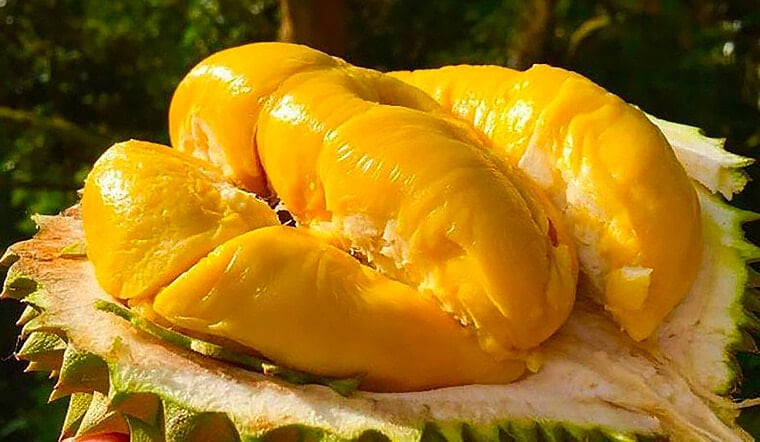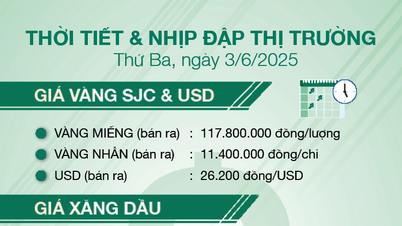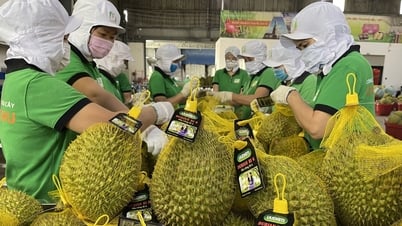
The purchase price of durian in the Mekong Delta region is as follows: Ri6 type A is at 75,000 - 78,000 VND/kg and Ri6 type B is at 55,000 - 58,000 VND/kg, Ri6 type C is at 40,000 VND/kg. Drifted goods are priced at 30,000 - 40,000 VND/kg.
Ri6 VIP grade A costs from 95,000 VND/kg, grade B costs from 75,000 VND/kg. Ri6 ice cream costs from 15,000 - 20,000 VND/kg.
Thai durian A costs from 130,000 - 135,000 VND/kg, type B costs from 110,000 - 115,000 VND/kg, type C costs from 65,000 - 70,000 VND/kg.
VIP Thai durian grade A costs 150,000 VND/kg, grade B costs 130,000 VND/kg, grade C costs 85,000 VND/kg.
AB Thai sausage costs from 70,000 to 75,000 VND/kg. Pork is priced from 38,000 to 40,000 VND/kg. Dried Thai goods cost from 50,000 to 60,000 VND/kg. Thai ice cream costs from 20,000 to 25,000 VND/kg.
Chuong Bo durian type A costs from 70,000 - 72,000 VND/kg, type B costs from 50,000 - 52,000 VND/kg, type C costs from 30,000 VND/kg; Sau Huu durian type A costs from 88,000 - 90,000 VND/kg, type B costs from 68,000 - 70,000 VND/kg. Musang King durian type A costs from 135,000 - 140,000 VND/kg, type B costs from 105,000 - 115,000 VND/kg, type C is negotiable.
Durian, known as the billion-dollar fruit, has seen a sharp decline, dragging down the entire industry. In addition, over-reliance on a few markets has also caused the industry to face many challenges.
Experts say that the core issue is still product quality. When meeting strict market standards, goods will circulate smoothly.
According to the Vietnam Fruit and Vegetable Association (Vinafruit), durian exports have declined dramatically since the beginning of 2025. By the end of February, exports of this item had decreased by nearly 80%. Association Chairman Nguyen Thanh Binh said that since durian accounts for nearly 50% of total fruit and vegetable exports, the decline in this item has led to a general decline in the industry.
It is expected that fruit and vegetable exports in March 2025 will reach 420 million USD, an increase of about 34% compared to February but still down more than 10% compared to the same period last year.
The main reason for the decline in durian exports is the increasingly strict quality control requirements from the Chinese market. Since the beginning of 2025, this country has applied regulations to inspect 100% of durian shipments imported from Vietnam, especially strictly controlling the residue of yellow O and cadmium - two substances harmful to health. Therefore, many shipments that do not meet the standards have been refused import.
Source: https://baodaknong.vn/gia-sau-rieng-hom-nay-28-3-sau-rieng-giam-manh-den-12-000-dong-kg-247517.html






























































































Comment (0)